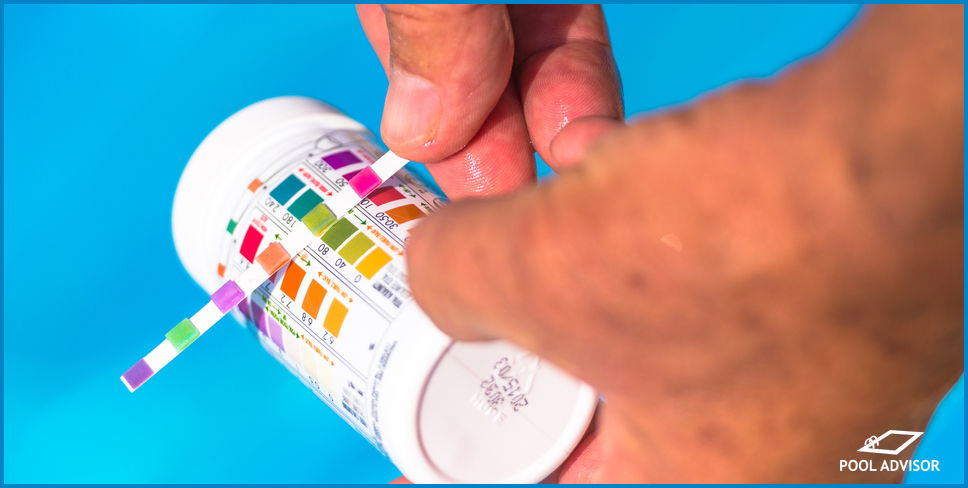
Low pH In My Pool - Is It Still Safe To Swim?
We know that pH is one of the main chemical properties of pool water that you need to maintain, but what exactly does it affect?
The pH level in your pool refers to the general acidity level of your pool’s water. Low pH levels indicate pool water that has acidic properties, which at certain levels can become detrimental to your pool and those swimming in it.
In this article we will discuss safe pH levels, the dangers of low pH, and how you can raise pH levels in your pool.
Safe pH Levels - Low pH
The lowest pH level that is considered safe for swimming is debatable. Pool water with a low pH has corrosive properties that lead to this discomfort, but these are not necessarily dangerous.
While you are not at risk of serious illness or injury, pH levels that fall below 7.0 can cause discomfort for swimmers. This is because acidic water can begin to affect the eyes and nasal passages at these levels and lower, and these delicate areas often come in contact with pool water during swimming.
Although it very rarely occurs in pool water, any pH lower than 4.0 is considered corrosive, and therefore swimming should be avoided. However, only harsh acids have a pH that is low enough to be considered truly corrosive to the skin itself, and these have a pH of 2.0 or less.
Problems in a Pool With Low pH Levels
Swimming in a pool with a pH of 7.0 or lower can cause discomfort. The most common problems associated with low pH are itchy or dry skin, and water will also cause a burning sensation in affected areas if it enters the nose or the eyes.
These effects are increased the lower your pH level falls due to the water becoming increasingly corrosive. Acidic pool water is also corrosive enough to cause wear on pool equipment at these levels. Left unattended, low pH can cause plastic elements of your pool to become brittle.
How to Raise pH Levels
In order to raise pH levels, look for products that increase pH such as soda ash.
Products that raise pH levels should be handled with great care according to any provided instructions. These products often require mixing, and usually must be kept away from metal components of your pool while they are being added to the water, due to corrosion risks.
After running your pump for at least five hours or as otherwise indicated on your product’s packaging, you will be able to retest your pool’s pH levels and find them significantly improved.
Conclusion
Low pH in a pool can cause discomfort for swimmers, but it is unlikely your pool will reach pH levels low enough to be dangerous. Luckily, low pH can be easily corrected, minimising any corrosive effects on swimmers or your pool equipment.
Do you have any questions about whether or not low pH in your pool is safe for swimming? Leave us a comment, we’d love to help!

Louis
A chemical engineer by trade, Louis is committed to debunking myths in the pool industry by explaining the underlying chemistry and making it accessible to all.
